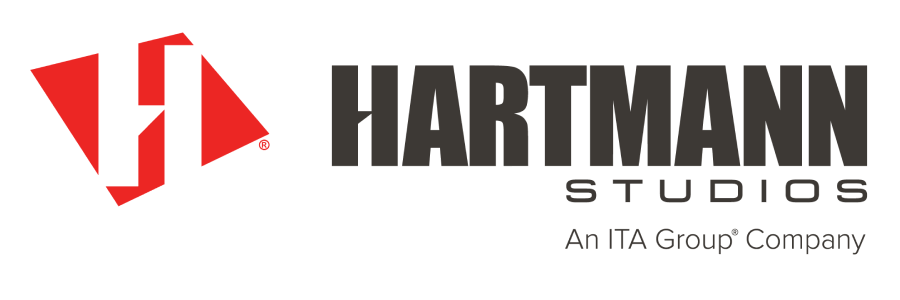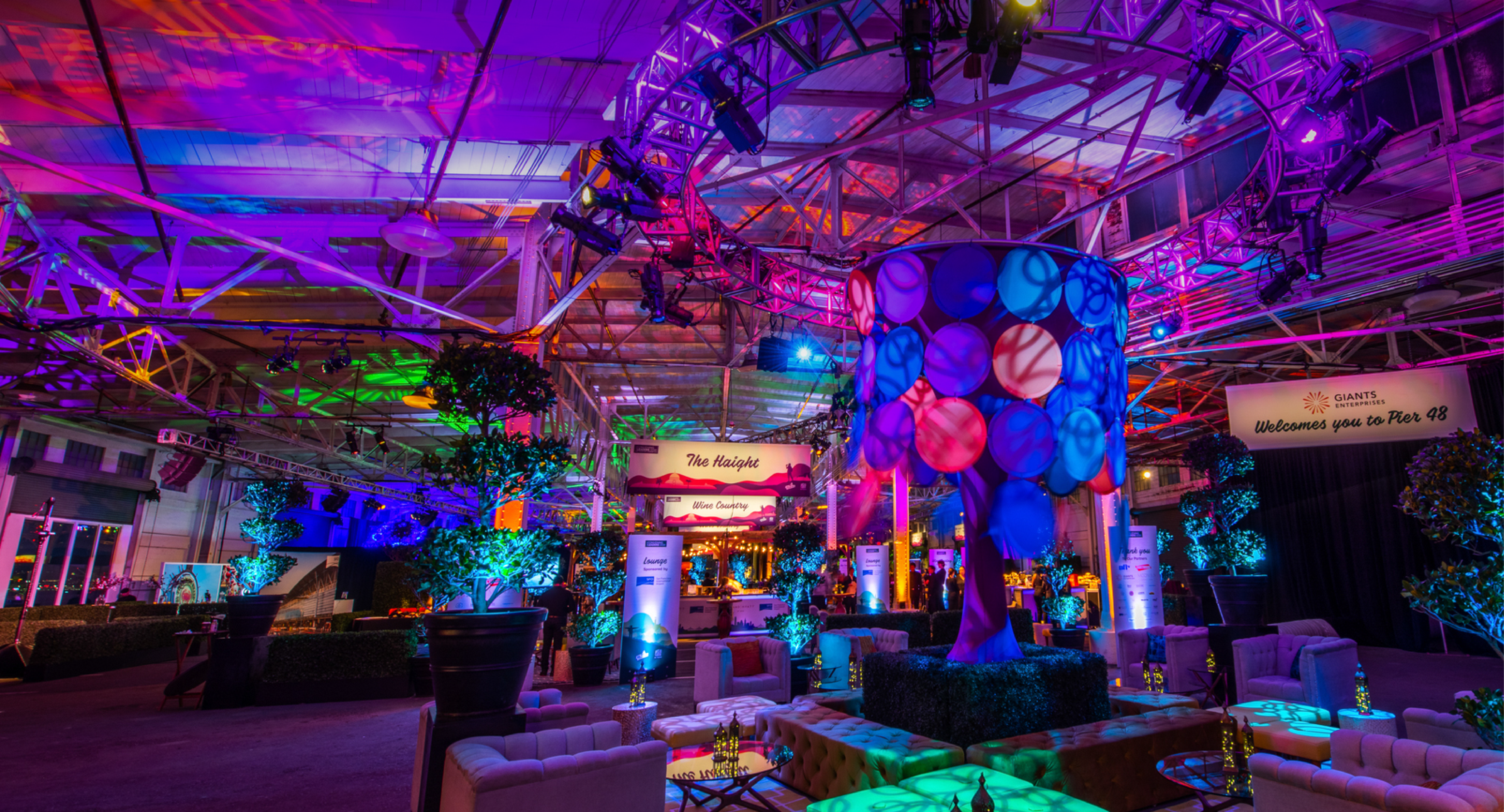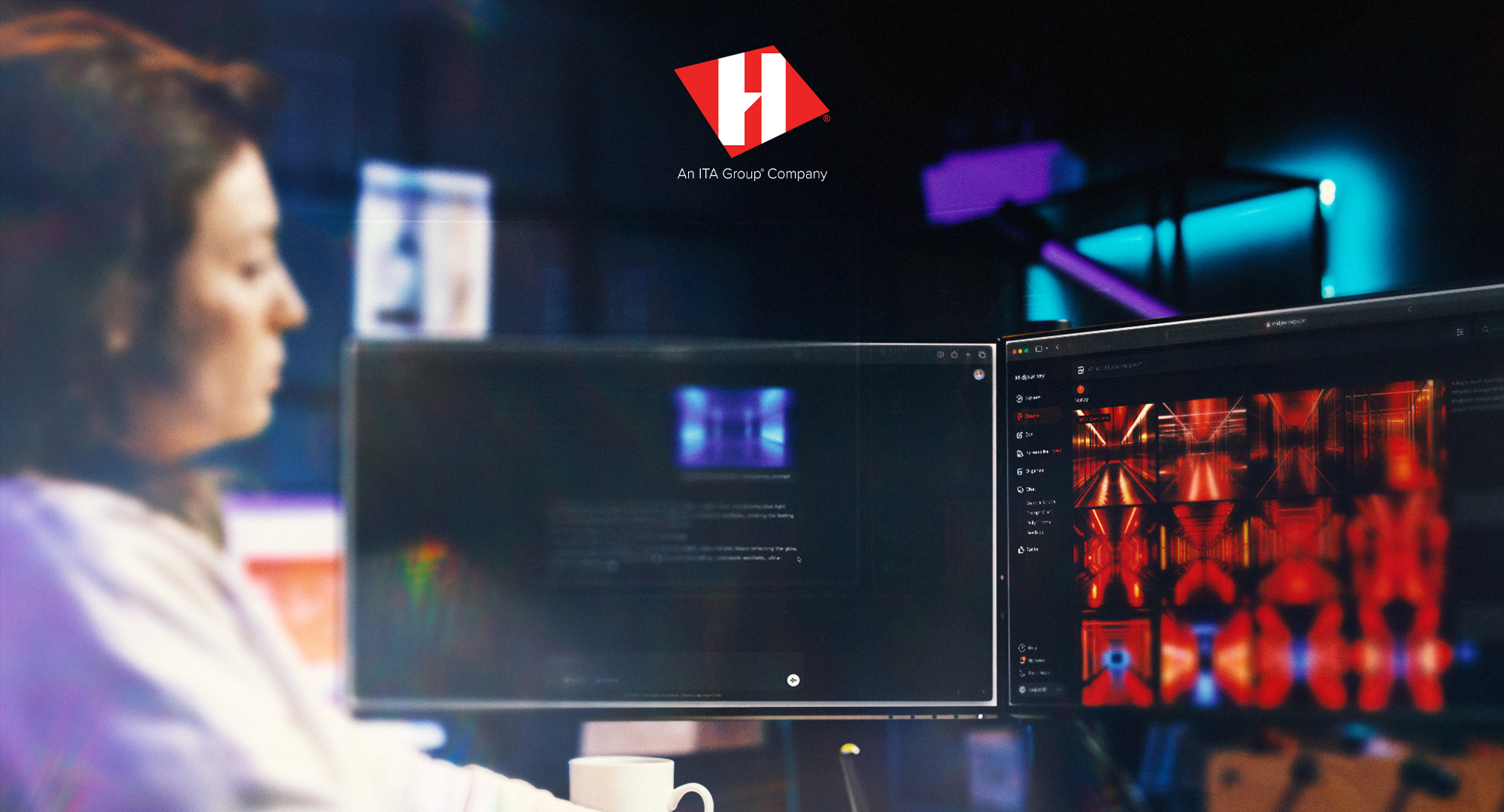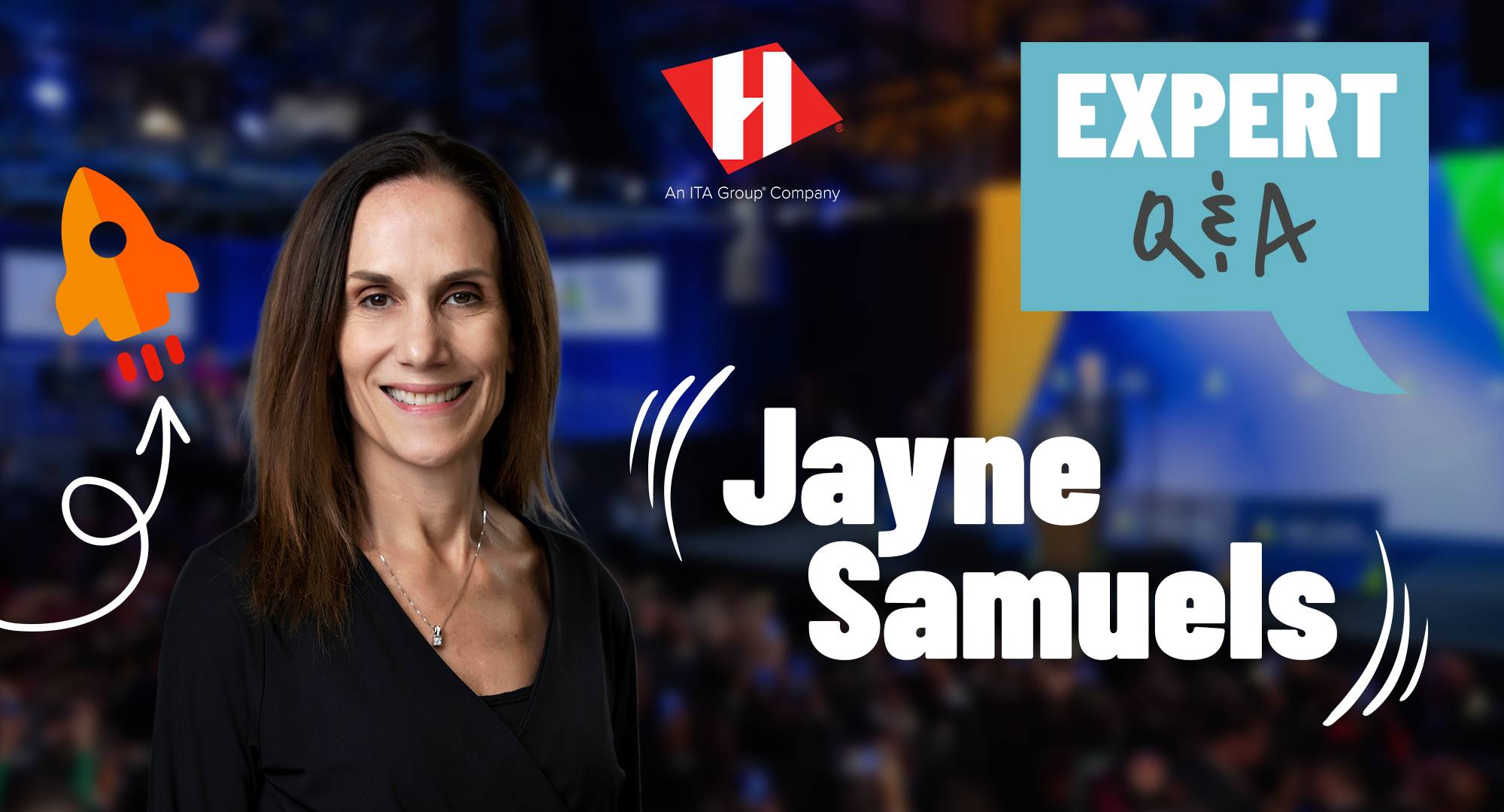5 Things The Best Event Creative Directors Do For Every Project
Friday August 21, 2020
7 Min Read
Being a creative director can be a lot like being a therapist. We’re there to guide our client in the right direction and set them up for success. We offer solutions and put them at ease.
Most of all, we do a whole lot of listening.
At its core, our job is to interpret what our client wants so we can give them an unforgettable experience, all while staying within (under) budget and balancing their brand positioning.
In my career as an event creative director, I’ve learned a ton from listening, interpreting and delivering. There are 5 things I’ve found are absolutely key to my process, and I do them for every single project I work on.
No. 1: Research your client—including their culture
Showing the client that you’ve done your due diligence by thoroughly researching and understanding their brand will always make a positive impact. Here’s how to find that information:
- Dig into their website; analyze how they speak about their brand, their people and their core values. Try and understand the brand as if it were a person/personality. What type of visuals do they use? What font type and style in writing? How does their ‘voice’’ sound?
- Snoop around on their social media channels. See how they present themselves publicly and what types of content they post about. What’s their tone like?
- Research their previous events to find commonalities, or to spark ideas and recommendations for enhancement.
Questions to ask as you’re doing this:
- Does this client have a desire or need for change? If so, do they like to push boundaries or are they more conservative?
- How is this brand perceived publicly vs. how they portray themselves?
- What can we do to enhance the brand’s impact on the industry and audience?
An example: When crafting our pitch for a top fashion brand, we knew it was important to highlight the brand’s iconic impact, while seamlessly transcending it into the world of environmental design. We looked to the brand’s originator as our guiding point when creating our pitch, playing off her infamous use of pearls in design. In one concept, we translated those into a molecular gastronomy experience with champagne spheres.
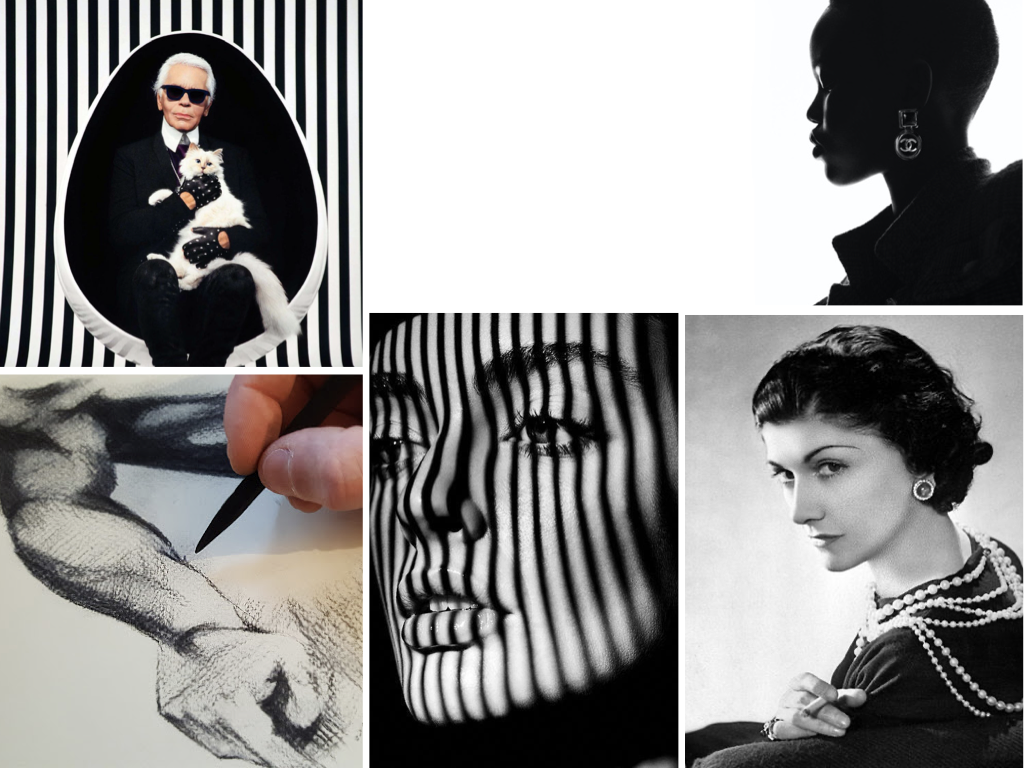
Extracting this unique brand element and putting it center stage in a reinvented way was an instant hit with our client.
No. 2: Absorb your client’s brand guidelines
Brand guidelines are your best friend.
Learning, understanding and leveraging existing brand guidelines is critical to successfully designing and creating concepts. Never stray too far from what your client is accustomed to unless they’re specifically requesting you to do so.
For a Fortune 500 client we elevated their brand and conference presence by creatively “painting the town red,” canvassing the city and making their presence known no matter from every possible vantage point. There was no question what conference was in town.
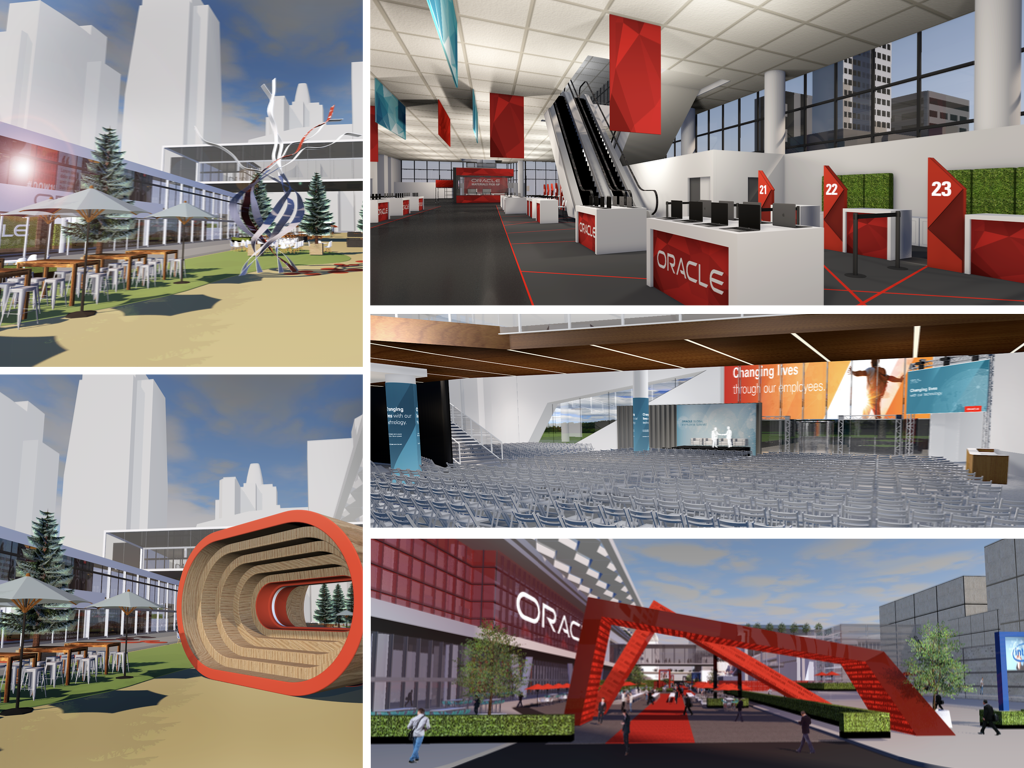
We worked step-for-step with the client’s internal brand team to make sure the process of using their typeface, logos, copy or other assets were on par with their standards. It was crucial to ensure that every single item printed—from building wraps to wayfinding signs—aligned within their brand standards. Especially when creative liberties were taken.
We always want the clients to experience something different, unique and memorable, but staying true to their brand messaging is critical for success. Make sure your designs push the creative envelope, but feel immediately familiar in the ways that matter.
No. 3: Don’t guess. Ask questions.
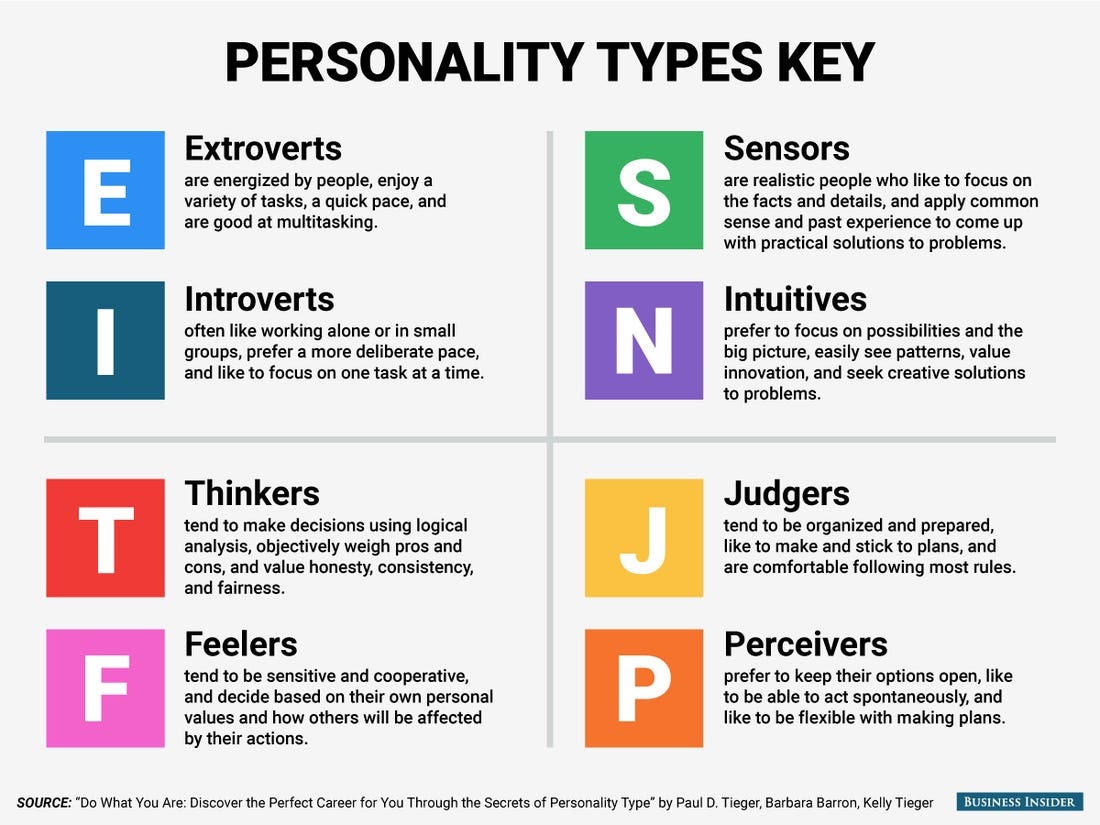
From conception through to onsite (or virtual!) execution, asking targeted questions is key. I like to keep the client involved as often as I can to make sure the design and ideas are staying on track toward a successful end product.
A sample list of questions to ask your client:
- What are their goals for the brand?
- Is there a problem they are trying to solve for?
- What are the key objectives we can bring to the table?
- Who is the main demographic we’re creating for?
- Can you tell us characteristics of this targeted audience?
- What’s the ratio of introverted tendencies to extroverted?
No. 4: Remember, simple isn’t always the solution.
Understanding that no two creative concepts and experiences should be identical is essential. For us, every process and design is tailored to the client at hand. Nothing is recycled.
But don’t reinvent the wheel for every pitch. The concept or experience for multiple projects can be the same; however, the design envelope should be specific to each particular brand or project.
Put your time and energy into the creative aspects that will net the greatest payoff for your clients. What can you wow them with? What would be unexpected?
As an example, for 2020 PCMA Convening Leaders—an event for industry and hospitality leaders—we were tasked with highlighting the host city of San Francisco. This client came to us on day one and explained that the event demographic are all event industry pros who have seen and done everything. So how do I, as an event designer, show them something they haven’t seen before?
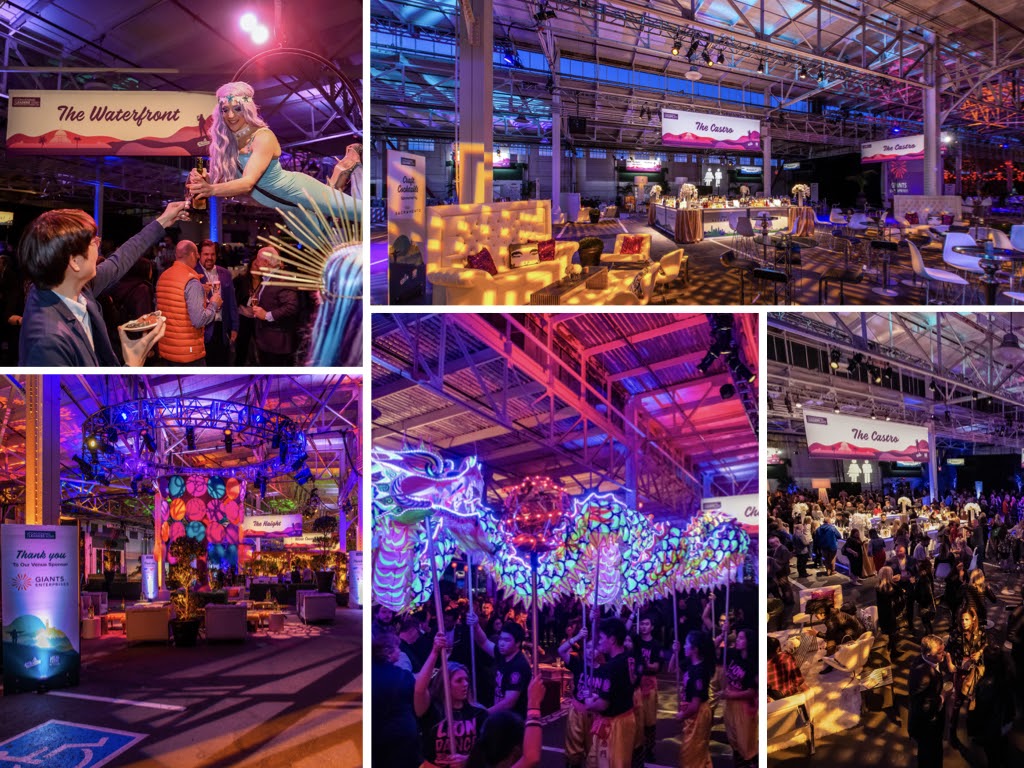
I knew we couldn’t design an ordinary event chock full of experiences that any tourist could participate in. Instead, we introduced the audience to our concept, the Urban Hike. The term is meaningful to those that are locals, and intriguing to those that are not. We wanted to provide an immersive, sensorial and cultural experience of what it’s like to reside in, rather just visit, the Golden City.
We kicked the welcome reception off by taking attendees on a journey through seven staple neighborhoods that enabled them to go on a tour of the city. Each neighborhood was equipped with specialty food and beverage, decor, entertainment and activities related to that part of the city, but displayed in a new and intriguing way.
This is the audience of all audiences and we knew they would be looking at the finest details.
The San Francisco waterfront experience featured bubbles, oysters, and a champagne aerialist that poured drinks in between sets of acrobatic movements. SOMA boasted a larger-than-life sports theme, including a bar highlighting local breweries and upscale bar bites. The Castro was space fit for a queen—a drag queen, to be exact. Chinatown was equipped with endless dim sum, a sea of glowing Chinese lantern lights, a 40’ LED dragon that danced through the crowd, and a lounge that nodded to traditional tea ceremonies.
No. 5: Back up your ideas with strong visuals
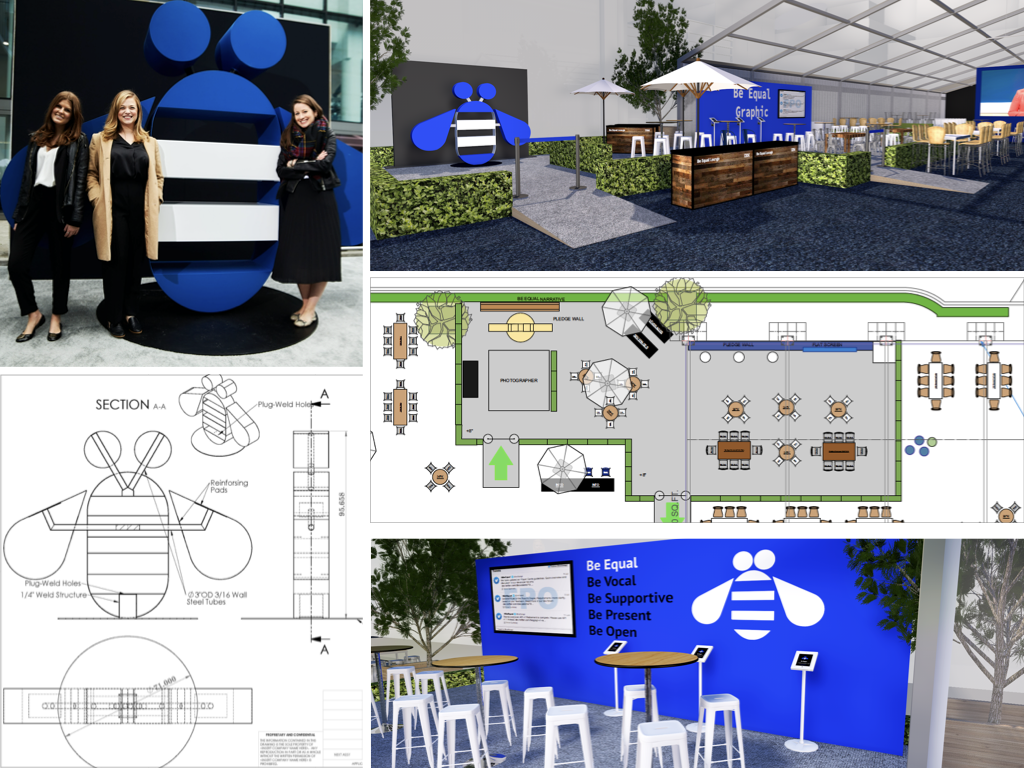
The entire creative process requires supporting visuals to help tell the story and sell your ideas. Thankfully, for me, putting pen to paper is a best practice and aids in getting my ideas out of my mind and onto a mood board.
Your creative writing and visuals must work cohesively to tell the same story. Painting the picture for clients is essential in order to truly empower them to see your vision with the same lens you do. Choosing the right pieces of furniture, activation ideas or lighting are all key elements in the journey you intend to take them on.
In today’s current climate, translating visually immersive events into a virtually digestible format, backed up with compelling content and flawless technical execution, is imperative.
Let’s get creative together!
If you are interested in finding fresh and inventive ways to bring your brand or event to life, we are the perfect partner. Contact us and we will help you create a once-in-a-lifetime event full of memorable moments.
Read more stories
View AllAll Posts
4 Ways Environmental Designers Support Creative Event Production
Event design draws us out of our everyday environments. Dynamic displays, scenic builds and dramatic stages capture the audience’s attention. Customized spaces come together thanks to the behind-the-scenes talents of environmental designers. These solution-oriented event production experts believe great event design shouldn’t just look incredible. Thoughtful design elements open minds and promote interaction. Here are...
4 Min Read
All Posts
Elevating Event Production with AI Tools
As artificial intelligence (AI) emerges as a redefining force in creative event production, curiosity is key. Experimenting with prompts helps Hartmann Studios’ production designer, Greg Sullivan, leverage industry-disrupting tools to inspire and streamline his work. He’s defined his dynamic career around constantly learning to meet the next wave of technological advancements. In the mid-1990s, when...
5 Min Read
All Posts
Engaging Main Stage Production with Jayne Samuels
What you need to know Jayne Samuels’ background as a performer informs her approach to event production. A former dancer, she embraces the complex choreography of staging corporate events as a fun, fast-paced challenge. As an executive keynote producer, Jayne leads dozens of team members toward achieving event visions that entertain and inspire audiences. She...
5 Min Read
